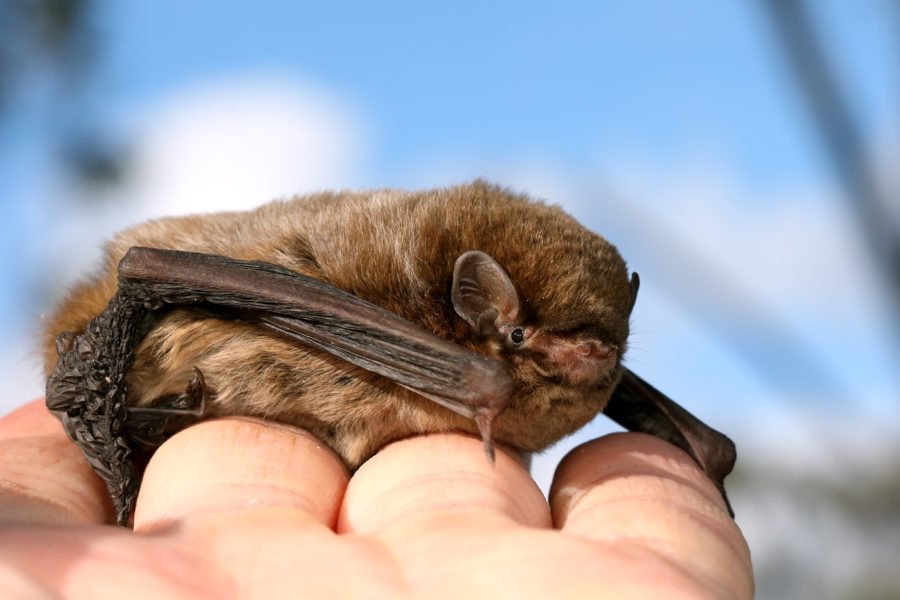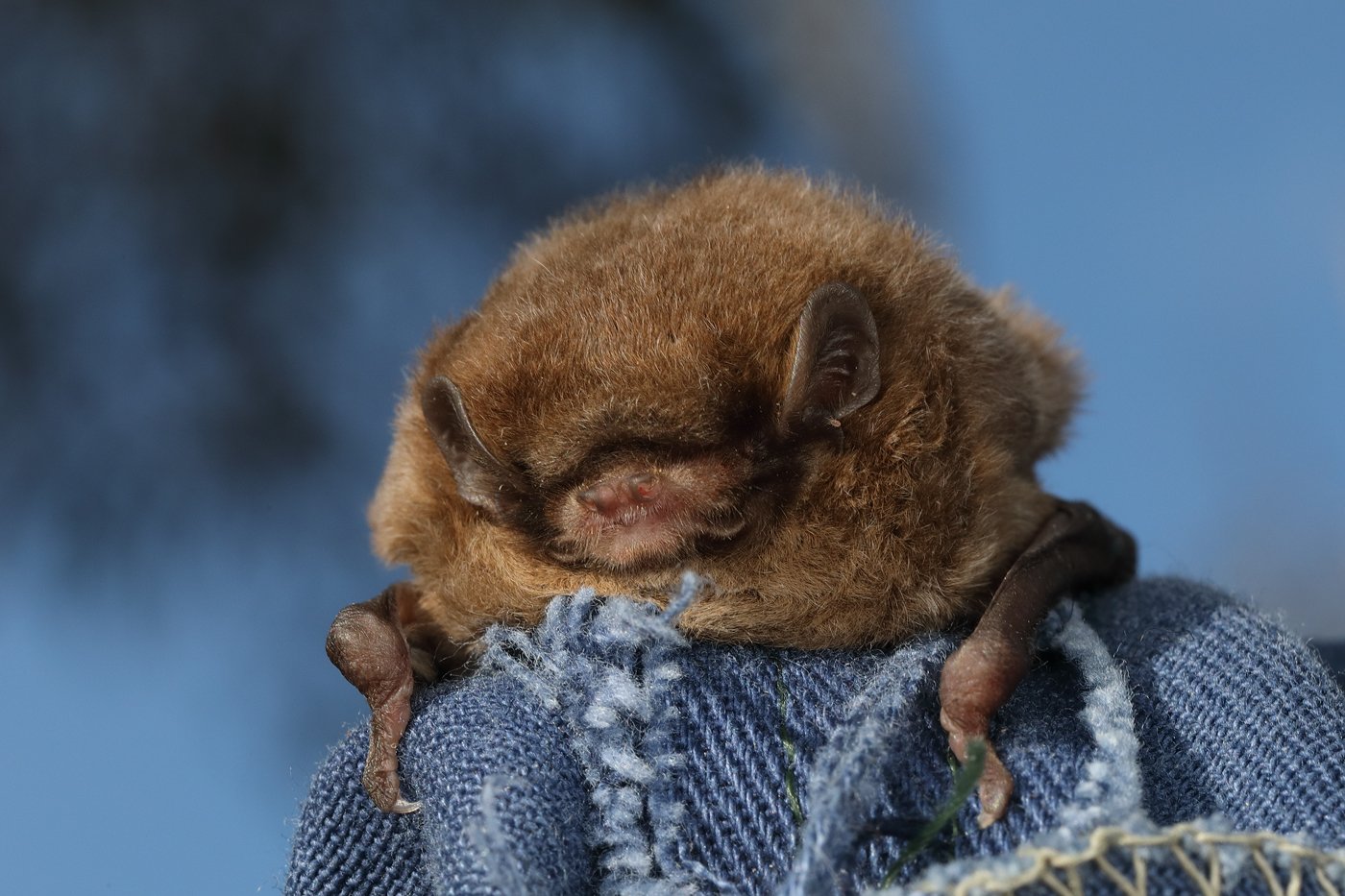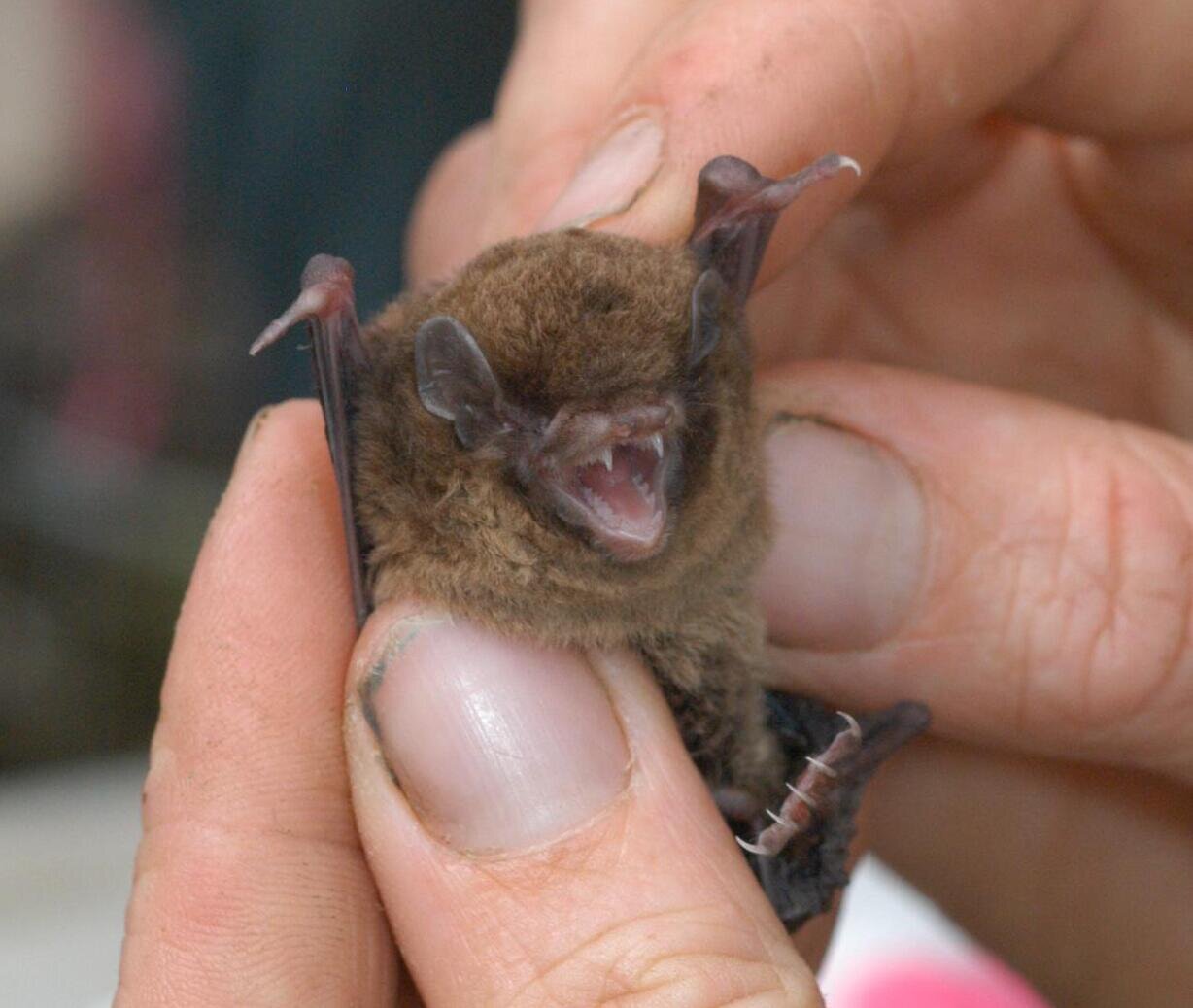The chocolate wattled bat has the (pug-like) face of an angel

Bec Crew
Bec Crew

The chocolate wattled bat’s (Chalinolobus morio) name refers to the small, fleshy lobes – called wattles – located at the corners of its mouth and under its lower lip.
Endemic to Australia and relatively common in some areas in the east and south, including Tasmania, this beautiful microbat has adapted well to our cities and towns.
It’s a fixture, for example, in the Australian National Botanical Gardens in Canberra, and at Parliament House during the annual bogong moth invasion. When the moths arrive in droves, the chocolate wattled bats move in for an easy meal.
These bats are just as at home in the streets of Melbourne or the Sunshine Coast as they are the caves of the Nullarbor Plain in South Australia. In the bush, they’ve been found nestled in tightly knit groups of up a few hundred individuals in abandoned bird’s nests and tree hollows.
With a maximum wingspan of just 4.2 cm and weighing in at a mere 9 grams, the chocolate wattled bat is as cute as a button:

Don’t tell it that, though. It would like you to know that is small and mighty. Its species name, morio, means “son of the night”, which is extremely cool. And from the looks of this one, it has the exact same energy as this little legend:

While not as easy to see as the much larger flying foxes that frequent our skies, it’s worth keeping an eye out for chocolate wattled bats or their close relative, the Gould’s wattled bat (Chalinolobus gouldii), which happens to be the most widespread bat in Australia. The species is found all over the country, except the Cape York Peninsula.
In the coming months, you might even get the chance to spot a young Gould’s wattled bat. The babies (which are often twins) are born in late spring or summer, and are weaned in December and January to go out on their own.
In the meantime, please enjoy this outrageously adorable video of a Gould’s wattled bat chowing down on some mealworms:

